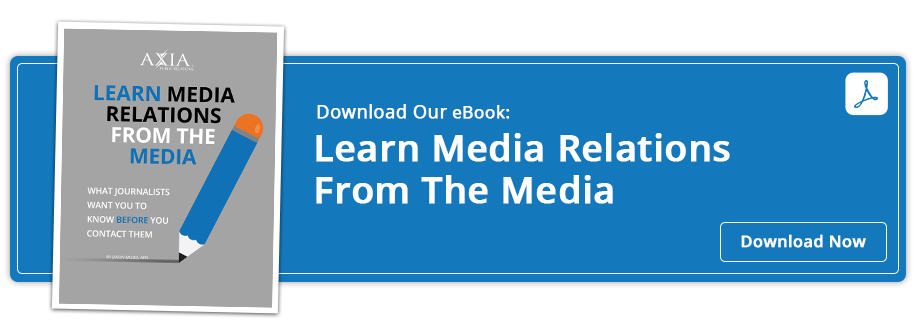 Writing an effective headline for your news release is a critical skill for professional communicators. Journalists could receive hundreds of news releases in a day, so standing out in their busy inboxes is no easy feat. A compelling headline, however, is the secret sauce to pique interest and entice a reader to click and read.
Writing an effective headline for your news release is a critical skill for professional communicators. Journalists could receive hundreds of news releases in a day, so standing out in their busy inboxes is no easy feat. A compelling headline, however, is the secret sauce to pique interest and entice a reader to click and read.
If you want your press release to stand out in a crowded media landscape, follow these seven elements of captivating headlines:
Audio: Listen to this article.
1. An active voice creates a sense of urgency.
Active voice means the subject is doing the action rather than having something done to it. For example, “Company achieves record profits” is active, while “Record profits were achieved by company” is passive.
Active voice makes the tone sounds more immediate and direct. This urgency prompts the reader to continue viewing the release. Passive voice, on the other hand, distances the subject from the verb, creating a detached and sluggish tone.
2. Numbers and statistics demand attention.
While you'll expand more on the figures within the release, featuring notable statistics in the headline can instantly capture focus. For example, “Cloud company reaches 200% revenue growth in third quarter” indicates an impressive trajectory. Journalists may be more inclined to give attention to releases with hard numbers showcasing monumental impact.
3. Powerful punctuation adds flair.
Strategic punctuation use can improve stylistic flair. For instance, combining two short phrases with a colon boosts anticipation of what’s next. Commas also allow you to shorten ideas that might require extra words like “and” or “but.” Powerful punctuation can enhance tone and readability.
4. Intentional word choice makes an impression.
With limited space –– commonly 10 words or less –– word choice becomes even more paramount. Strong, evocative words like “unveils,” “launches,” “reveals,” or “debunks” express purpose and confidence. Superlatives such as “fastest-growing,” “award-winning,” and “top-tier,” also indicate newsworthiness. Impactful language improves the memorability of succinct headlines.
5. Timeliness equals relevance.
News releases announce something newsworthy, so the timing must coincide with the development itself. Publishing too early risks seeming irrelevant later when journalists view it. If too late, scoops may have already covered the topic in-depth. Ideal headlines express timely, meaningful news relevant to the present.
6. Concise headlines result in more shares.
Lengthy headlines fail to convey ideas concisely or get shared easily on social media. Restrict press release titles to approximately 50 to 60 characters, allowing ample room for readers to retweet or post the headline with their additional thoughts. Streamlined headlines also enable inclusion in news roundups or lists without overwhelming readers.
7. Intriguing adjectives spark interest.
Rather than basic descriptions, adjectives like “captivating,” “controversial,” or “unprecedented” pique readers’ curiosity. What specifically makes the announcement attention-grabbing or groundbreaking? Compelling adjectives entice viewers to find out more. However, be sure you back up claims within the release itself.
Before pressing send on that press release, take time to craft your headline. Well-written titles optimize visibility amid flooded inboxes and facilitate sharing across social channels.
For more tips like these, register for Axia’s free 60-Second Impact, packed with tips and tools on how to use PR to promote and grow your company.
Photo by nappy
Topics: media relations, earned media, news media


Comment on This Article